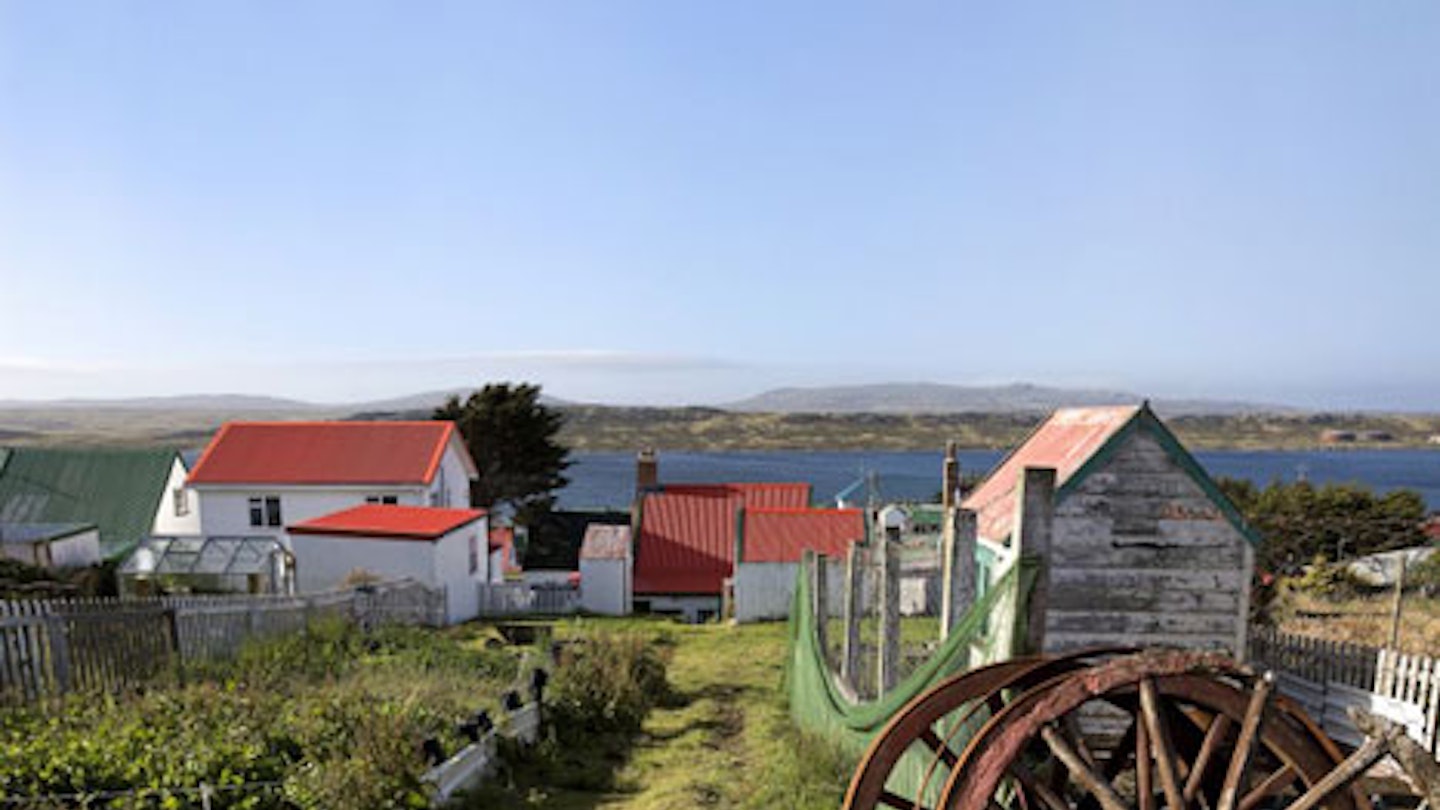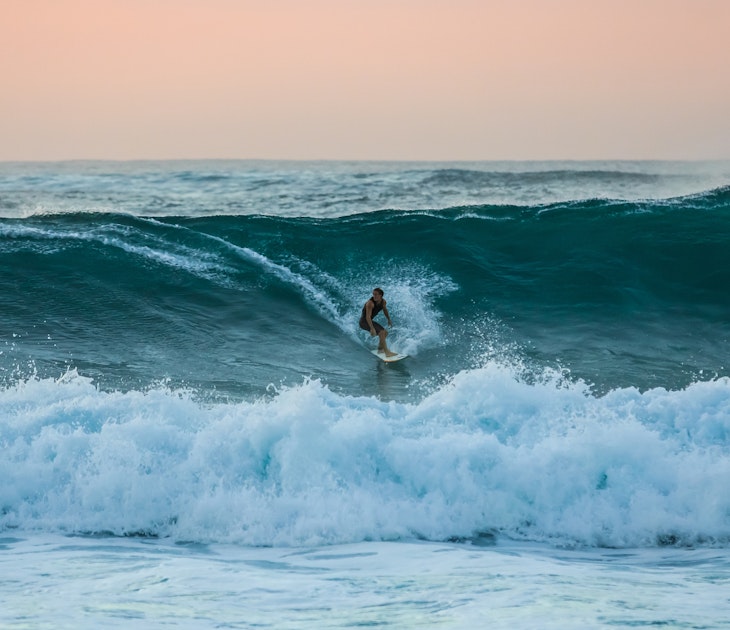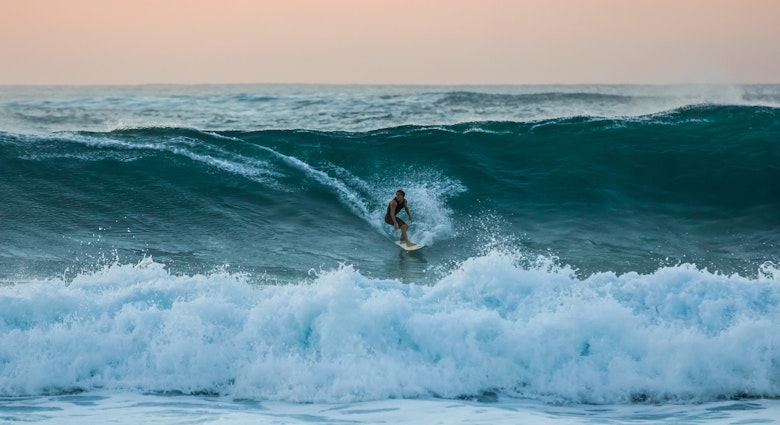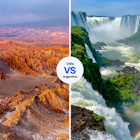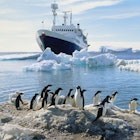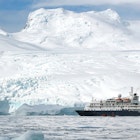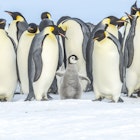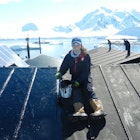The emptiness of the Falklands’ landscape is deceptive. Its shores are home to remarkable wildlife, and the islands are as welcoming to visitors as they are remote. In this extract from an article by Rory Goulding, first published in Lonely Planet Magazine, we show you how to unlock the beauty of the Falkland Islands.
1. See the sights in Stanley
Stanley, the islands’ capital, may be no bigger than a large village, but it feels like a metropolis compared with ‘camp’ – the term for anywhere outside the capital. The sights of Stanley include Christ Church Cathedral, with its whalebone arch built in 1933, and the Falkland Islands Museum (FKP3; http://falklands-museum.com).
Make it happen: from RAF Mount Pleasant Airport (MPA), take a bus transfer into Stanley (FKP17, book before flying to the Falklands). Car hire is available in Stanley. Find transport details and contacts at http://falklandislands.com. Rest your head at the Malvina House Hotel, Stanley’s most upmarket place to stay, which also has a popular restaurant (from FKP132 in peak season; http://malvinahousehotel.com). Local B&Bs and homestays cost around FKP40-FKP100.
Stanley's Scandinavian-style houses. Photograph by Michael Heffernan
2. Spot penguins at Volunteer Beach
The king penguin colony at Volunteer Beach makes for a popular day trip from Stanley, taking about 2.5 hours to reach by car. This is the only large king penguin colony in the islands, and despite the very bumpy journey, this rates as one of the Falklands’ most spectacular sights.
Make it happen: check http://falklandislands.com for a list of tour guides and operators, including Endurance Tours (around FKP200 per day trip).
King penguins on parade at Volunteer Beach. Photograph by Michael Heffernan
3. Discover wildlife on Sea Lion Island
The biggest concentration of wildlife on the islands is on Sea Lion Island, nine miles off the shore of East Falkland. The sea lions here are not the sleek, barking creatures of Hollywood, trained to balance beach balls on their nose. The roar of the adult males and the mane that grows around their huge heads are respectably lion-like. Elephant seals and three of the five local penguin species are also found here, and the island is small enough to explore on foot.
Make it happen: you can fly there with the Falkland Islands Government Air Service (FIGAS) from Stanley and other airfields. The Sea Lion Island Lodge is the only place to stay, and is open for the main wildlife-viewing season from October to March (around FKP150 per person; http://falklandislands.com).
Elephant seals sparring on Sea Lion Island. Photograph by Michael Heffernan
4. Experience history in Darwin and Goose Green
Seventy miles from Stanley is the biggest camp settlement, Goose Green, and its near neighbour, Darwin, which preserves the name of the young naturalist who visited here on the HMS Beagle in 1833. Goose Green, however, was a name little known outside the Falklands until 1982, when for 74 days the islands found themselves at war. It was here, at the pinch-point where the two halves of the island of East Falkland meet, that some of the heaviest fighting took place between British and Argentinian forces.
Memorials to soldiers from both sides dot the countryside, and the otherwise pleasant half-hour walk from Darwin to Goose Green passes several minefields left over from the conflict. The minefields in the area are fenced off and clearly marked.
Make it happen: most visitors arrange trips through a tour operator. A taxi from Stanley costs around FKP35 per person. Stay in one of Darwin Lodge’s five cosy rooms (around FKP86 per person; http://falklandislands.com).
Gentoo penguins on Carcass Island. Photograph by Michael Heffernan
5. Lose yourself on Carcass Island
When Stanley residents want a quick holiday, many take the hour’s flight to Carcass Island on the western fringes of the Falklands. In a way, it is to the Falkland Islands what the Falklands are to the rest of the world: on the edge of the map, home to remarkable wildlife, and a place that’s about as isolated as you can get before it becomes uncomfortable.
The unfortunate name comes from the HMS Carcass, which surveyed these waters in 1767 and was named after a kind of early incendiary bomb. Carcass is free of rats and the tall tussock grass has not been overgrazed, which makes it a haven for birdlife.
Make it happen: the island has an airstrip served by FIGAS flights from Stanley plus other locations in the Falklands.The settlement house on Carcass Island is open to guests in the Falklands’ spring and summer, from October to March (around FKP100 per person; falkland islands.com).
Getting there and around
Flights to the Falklands land at RAF Mount Pleasant airport (MPA). LAN fly from Santiago-MPA (http://lan.com).
FIGAS flights operate on demand rather than to fixed schedules, with fares from FKP30 to FKP130. Book through reservations@figas.gov.fk.
For more inspiring travel writing and insider tips, why not subscribe to Lonely Planet Magazine?
To read more about planning a trip to the Falklands, check out Lonely Planet's Antarctica travel guide.
